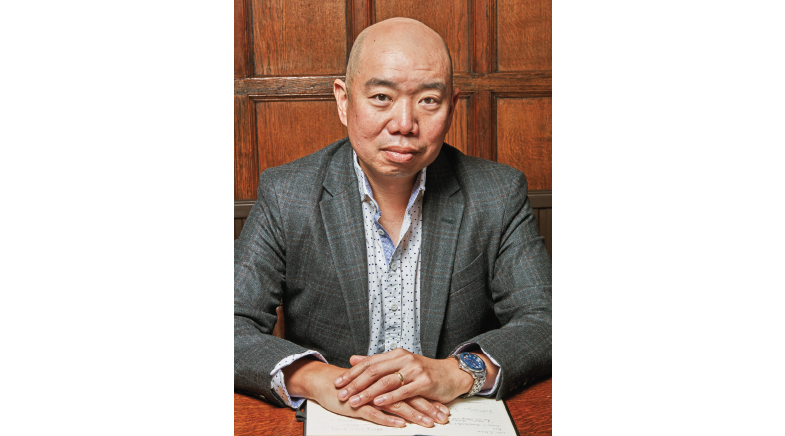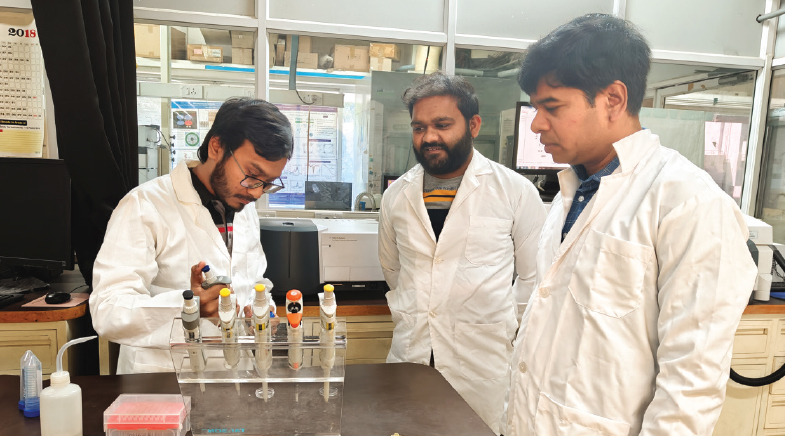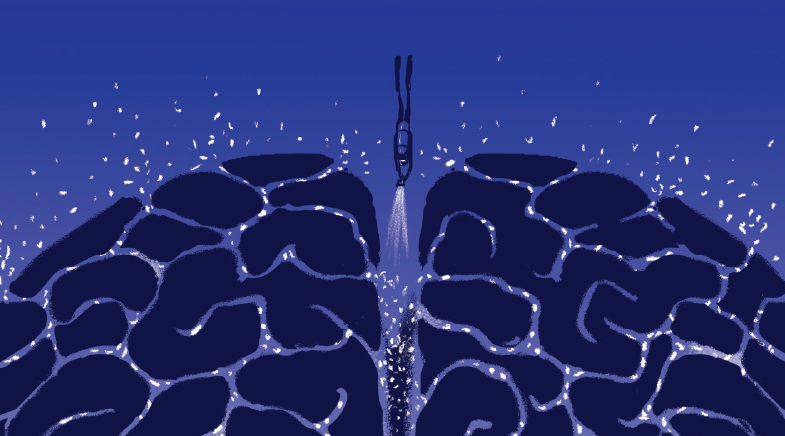Cloudy with a chance of radiation
-
- from Shaastra :: vol 04 issue 03 :: Apr 2025

Poor weather in Paris sparked the discovery of a new property of matter.
Henri Becquerel was sitting in his lab in Paris on a Sunday in March 1896, feeling frustrated. For several days, cloudy weather had played spoilsport and delayed his experiments. He was to give a talk at the French Academy of Sciences the next day – March 2 – but he had no results to show, or so he thought.
Some weeks earlier, at a similar meeting on January 20, fellow Academy member Henri Poincaré had excitedly announced the discovery of X-rays by Wilhelm Röntgen (Seeing through the skin, with X-rays) in Germany. Becquerel's ears perked up. Until then, he had been studying phosphorescence, inspired by his father's work on the phenomenon. He was curious to find out if the phosphorescent uranium salts that he was studying could also emit X-rays after absorbing sunlight. That same day, he began testing the idea.
PAST ISSUES - Free to Read
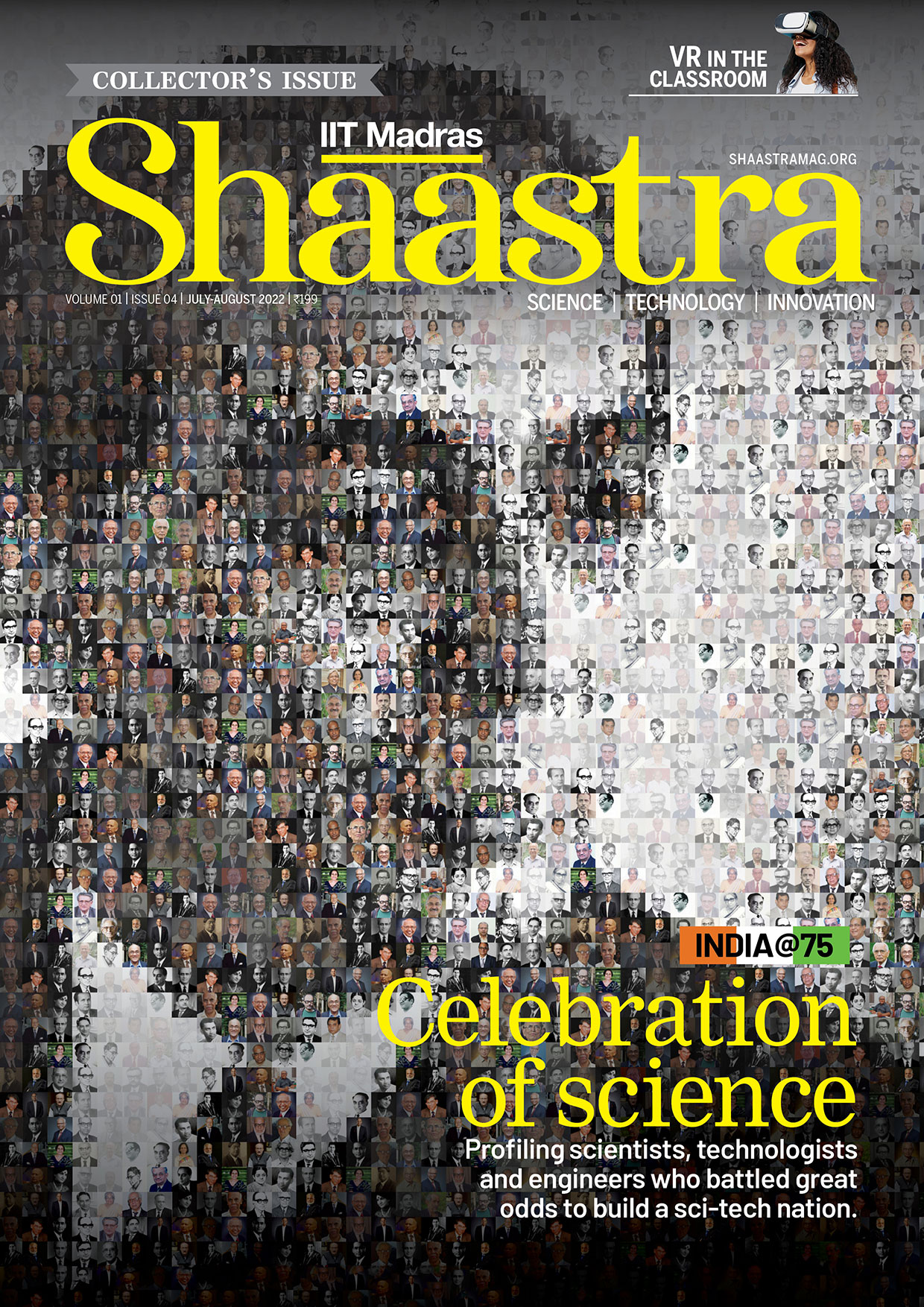
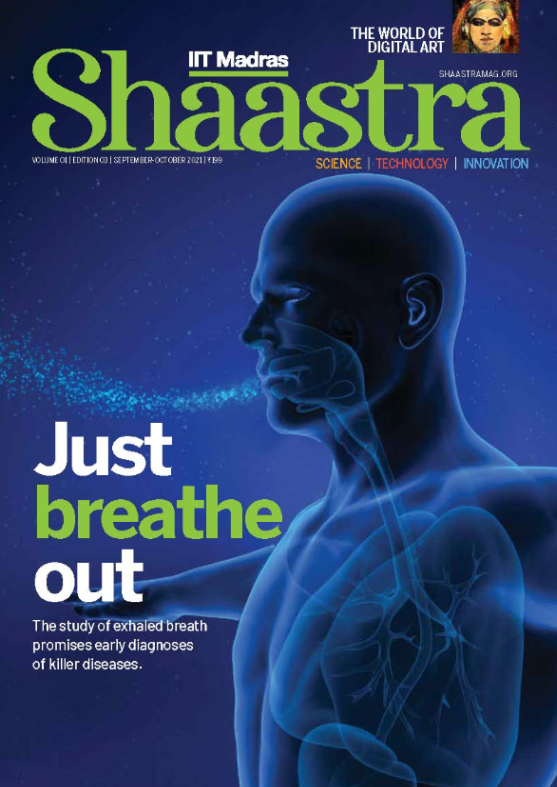
Have a
story idea?
Tell us.
Do you have a recent research paper or an idea for a science/technology-themed article that you'd like to tell us about?
GET IN TOUCH